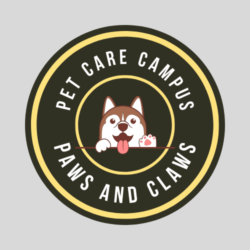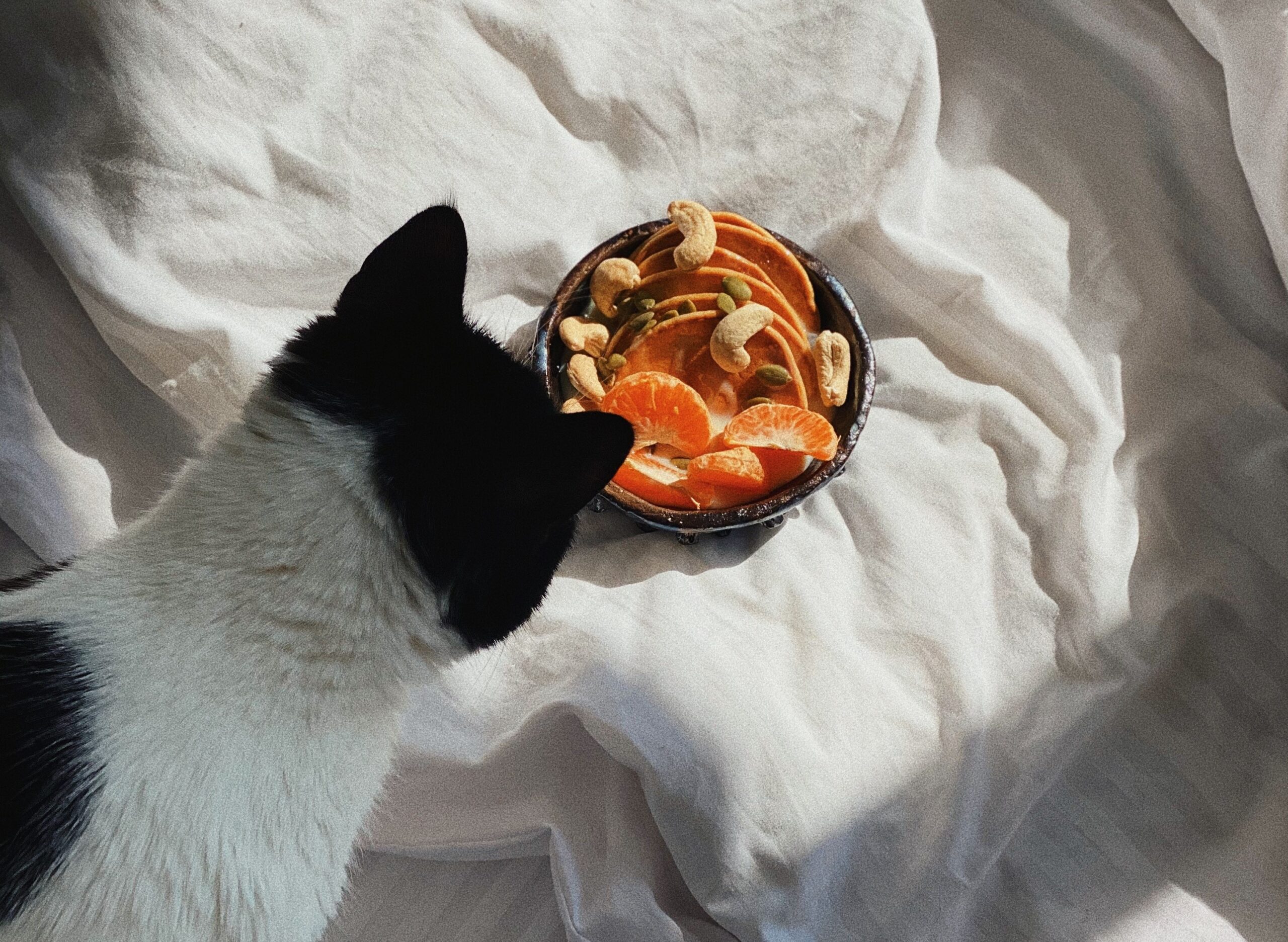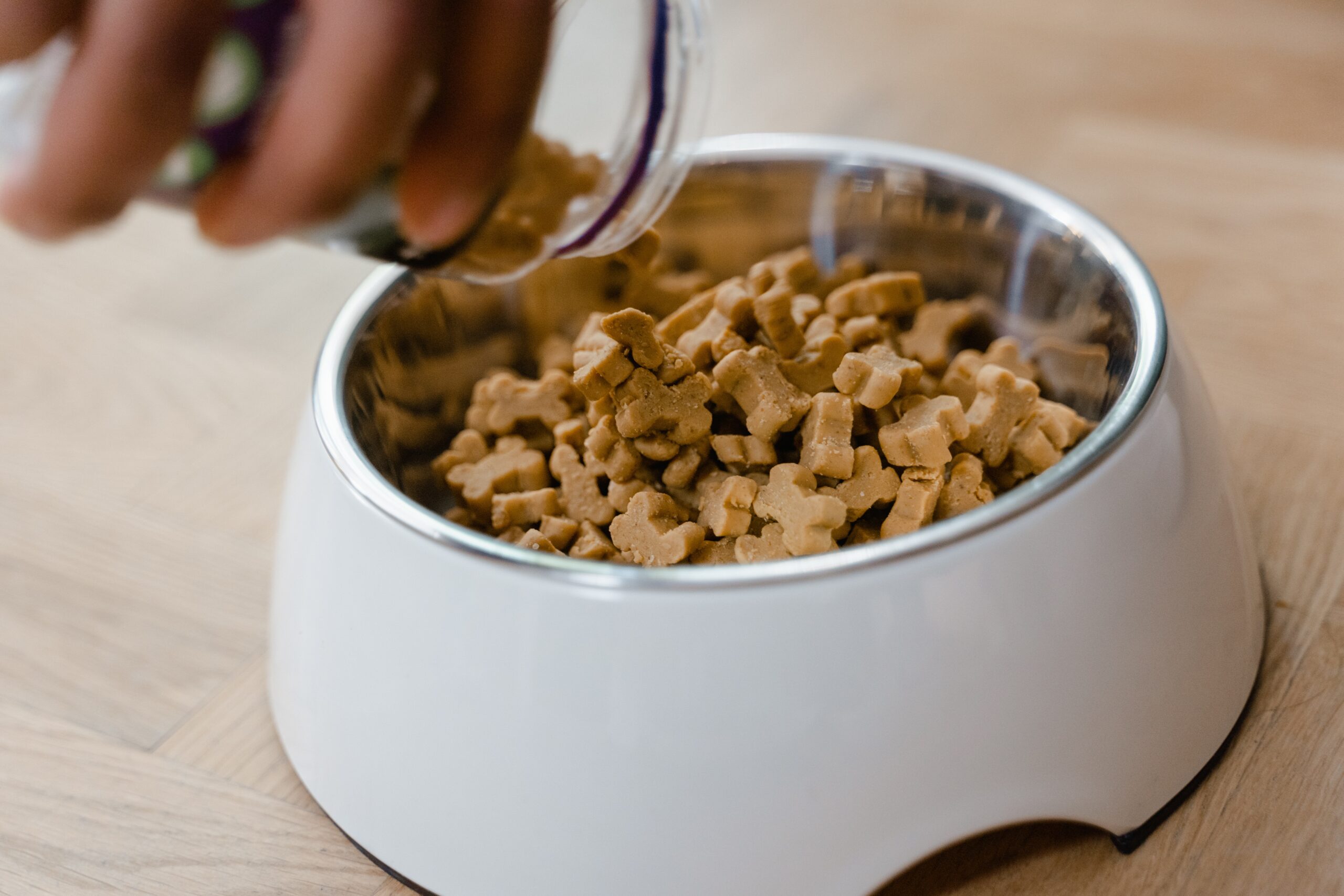How to Make Homemade Pet Treats: A Simple Guide for Your Furry Friends
If you’re a pet owner, you know how much your furry friend means to you. One way to show them your love and care is by making homemade treats for them. These treats not only provide a healthy and nutritious snack for your pet, but they can also be a fun and bonding activity for you both.
In this article, we’ll provide a simple guide on how to make homemade pet treats.
Advantages of Homemade Pet Treats:
Making homemade pet treats has many benefits for your furry friend. Homemade treats can be a healthier alternative to store-bought treats, as they don’t contain preservatives and additives. Additionally, homemade treats allow you to control the ingredients and cater to your pet’s specific dietary needs. Making homemade pet treats can also be a fun and creative activity that strengthens the bond between you and your pet.
Steps:
Step 1: Choose the Right Ingredients
When making homemade pet treats, it’s important to choose the right ingredients that are safe and healthy for your pet. Avoid ingredients such as chocolate, onions, and garlic, which can be toxic to pets. Instead, opt for pet-friendly ingredients such as peanut butter, sweet potato, and pumpkin.
Step 2: Gather Supplies
Once you’ve chosen your ingredients, gather the necessary supplies to make the treats. This may include mixing bowls, measuring cups, and baking sheets.
Step 3: Follow a Recipe
There are many homemade pet treat recipes available online or in pet cookbooks. Choose a recipe that aligns with your pet’s dietary needs and preferences. Some popular homemade pet treat recipes include peanut butter and pumpkin bites, sweet potato chips, and apple and oatmeal cookies.
Step 4: Bake and Store
Once you’ve followed the recipe and baked the treats, allow them to cool before giving them to your pet. Store the treats in an airtight container in the fridge for freshness.
In conclusion, making homemade pet treats is a simple and rewarding way to show your furry friend your love and care. By following the steps outlined in this guide, you can make healthy and delicious treats that your pet will love. Not only will you provide a nutritious snack for your pet, but you’ll also create a fun and bonding experience for you both.
Discover all You Need to Know about Your Pet Wellbeing and Training



